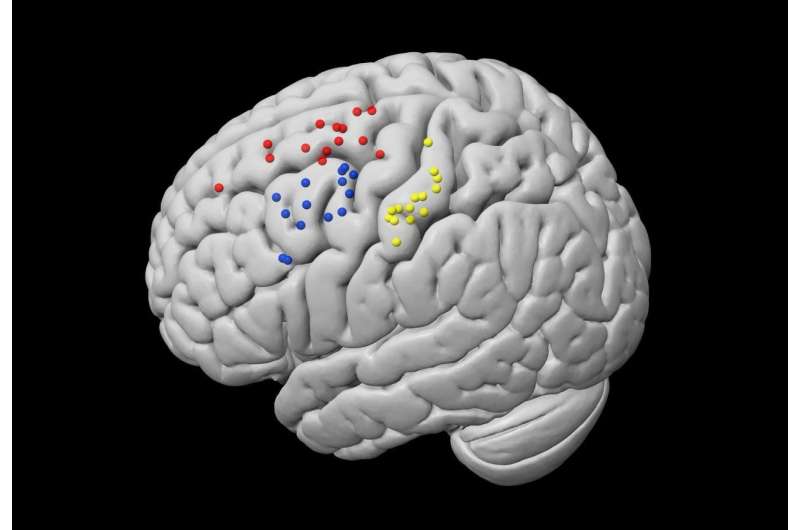New information on the brain areas linked to tactile sense and metacognitive ability

According to the results of a new doctoral thesis by Juha Gogulski, magnetic stimulation of prefrontal cortex affected subjects' performance in tactile tasks and their ability to evaluate their performance.
The sense of touch provides information about textures, objects and physical forces acting on our body. Tactile information is also needed for successful execution of motor tasks such as grasping objects. The aim of the thesis was to dissect the neural mechanisms underlying different levels of tactile processing in healthy subjects.
"More thorough understanding of the sense of touch is important so that failures in tactile processing could be better diagnosed and treated," Gogulski says.
In addition to temporal and spatial discrimination of tactile stimuli, he studied the metacognitive abilities of his test subjects. Metacognition refers to the ability to monitor and control one's own cognitive processes. The first study revealed that the ability to discriminate adjacent tactile stimuli as spatially distinct was influenced by the temporal features of the stimulation.
Two other studies of the thesis focused on the somatosensory cortex, prefrontal cortex, and the individual neural pathways between those two. The prefrontal cortex is involved in many complex cognitive abilities such as working memory, attention and introspection.
In the second study, transcranial magnetic stimulation was applied to the prefrontal areas while the subjects performed tactile tasks.
Transcranial magnetic stimulation refers to a method in which the nerve cells of the brain are activated from outside the skull with a strong magnetic field. When used correctly, the method is safe, and it is utilized in presurgical mapping of the motor cortex or the speech areas, and in the treatment of depression.
The results of the second study showed that the transcranial magnetic stimulation of the middle frontal gyrus reduced the tactile discrimination ability when compared to the stimulation of the superior frontal gyrus, or sham stimulation. Gogulski also examined the metacognitive accuracy of tactile working memory tasks with transcranial magnetic stimulation of the prefrontal areas. In this study, subjective evaluations of confidence were used to calculate the metacognitive accuracy in each task.
The results showed that the magnetic stimulation of the superior frontal gyrus enhanced the metacognitive accuracy of tactile working memory. "The subjects were able to better match the incorrectly performed test trials with lower confidence. This indicates that the prefrontal cortex might contain specific structural correlates for the metacognitive ability," Gogulski says.
Many neuropsychiatric disorders involve failures in metacognitive ability. "Understanding the brain function of healthy test subjects could help in the development of new treatment methods for neuropsychiatric illnesses in the future," Gogulski says.



















